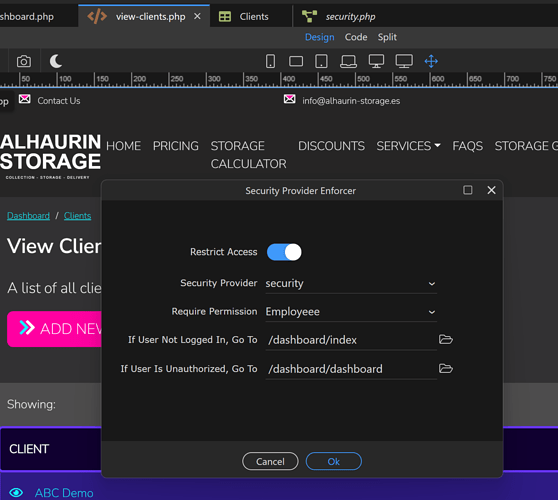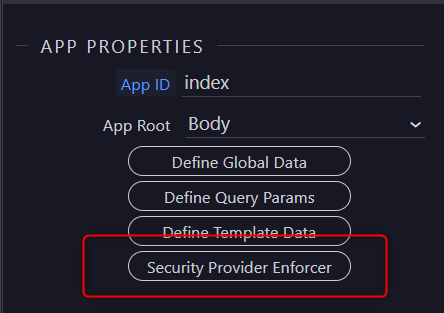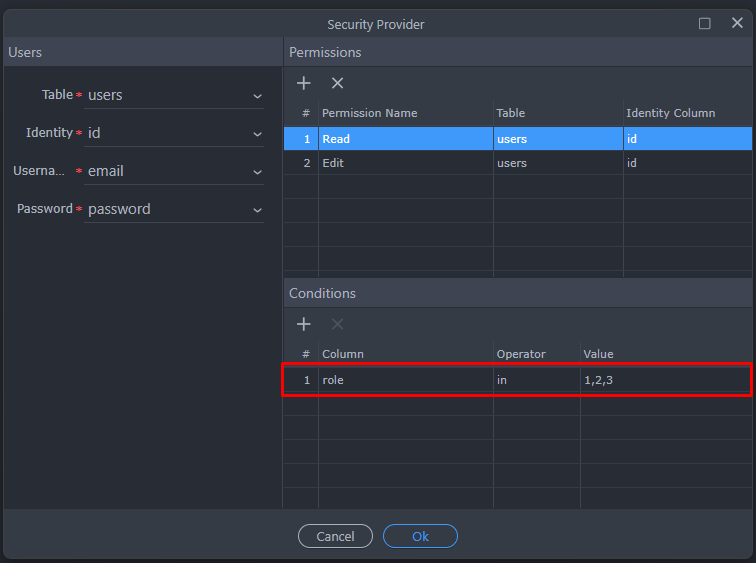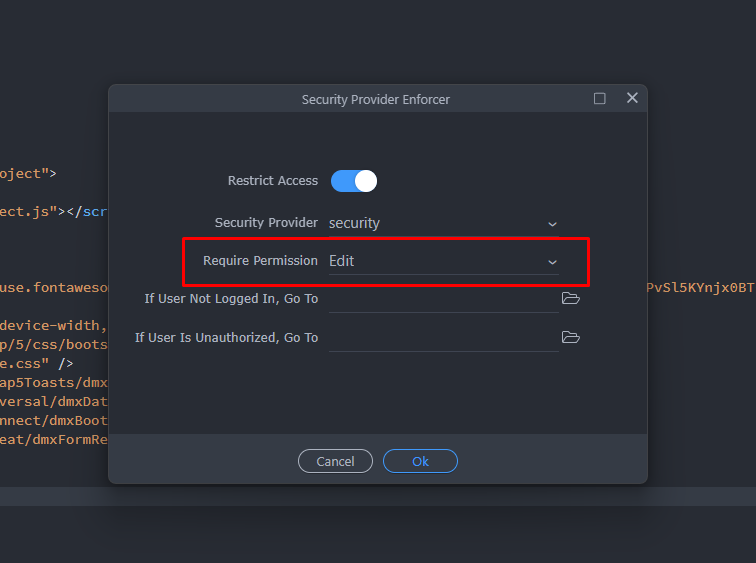Hi
I have been following the new video (https://www.youtube.com/watch?v=CCcE-zu0awo&t=475s) by @Hyperbytes (thanks Brain, if i get this working it’s just what I was looking for). I use PHP not node but same applies
can’t seem to get it to work for some reason.
I have a table called clients (not users), in this table I have column Roles, in here I have AEC (admin, employee, client).
I have my security enforcer all setup with roles admin, employee and client using the IN and looking for A, E or C as appropriate (screenshot).
my login works, you login, it gets your id and roles, and once logged in lands you on my page called dashboard which is security resricted but set to ANY. That all works, so far so good.
I then have a page called ‘view-clients’ - this is Admin or Employee page, so, in the app-> security provider enforcer I set this to ‘Employee’ but it does not work, I am signing in Admin (A), ‘A’ is in my Roles in the client table. the page is set to redirect back to dashboard if not authorized, which is what it does
i just cannot work out where it’s wrong, login works, if not signed in i cannot access dashboard, my security enforcer is set to IN, I have the roles column etc etc
thanks











